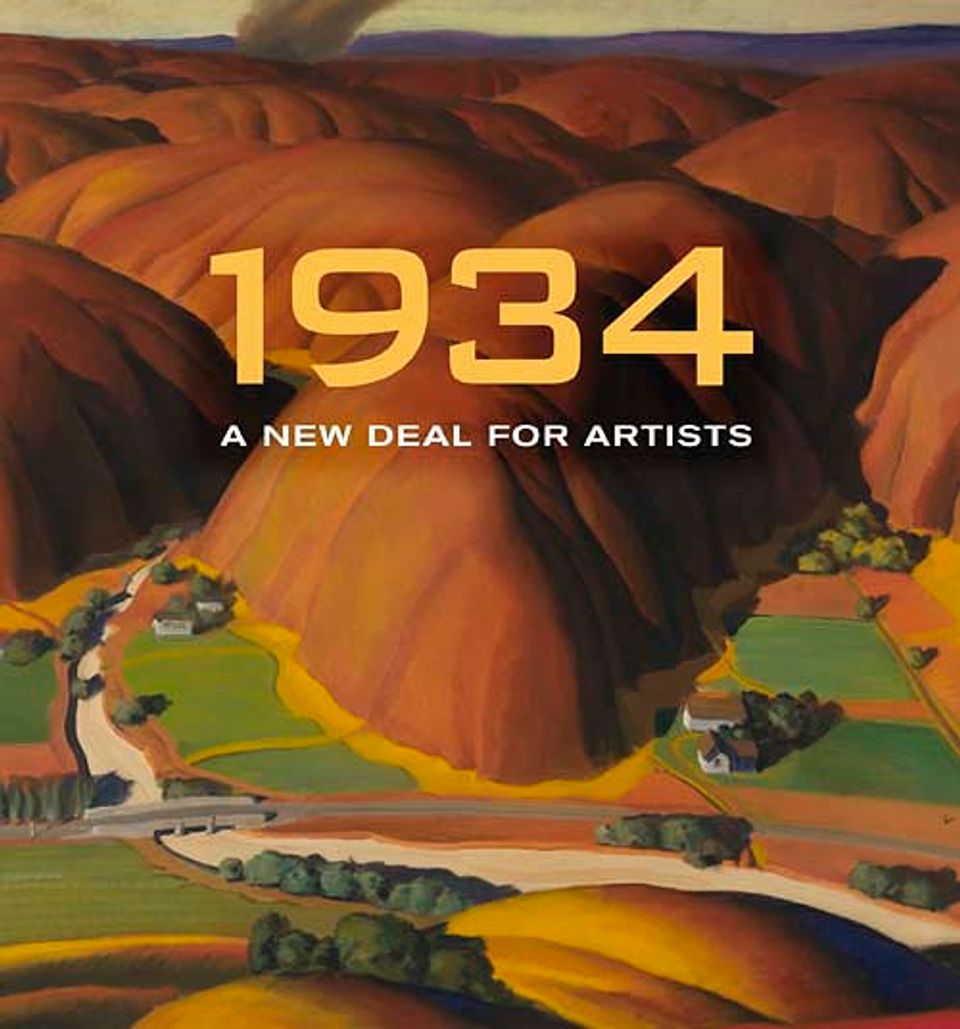Kenjiro Nomura
- Also known as
- K. Nomura
- Born
- Gifu Prefecture, Japan
- Died
- Seattle, Washington, United States
- Biography
"My desire in painting is to avoid the conventional art rules, so that I can be free to paint and approach Nature creatively. I have gradually and almost unconsciously been influenced by the work of early Japanese painters. Now realizing this influence, I am consciously trying to utilize those qualities that I want, such as color, line, and simplicity of conception, in my own style of painting. Due to the great difference between the Western style of painting and the Japanese, the problem is a very difficult one, but I am devoting every effort to achieve this." — Kenjiro Nomura, Some Work of the Group of Twelve, 1937.
At the age of ten, Nomura immigrated with his parents from Japan to Tacoma, Washington, where his father opened a tailoring business in the city’s Japantown. When his family later returned to Japan, Nomura chose to stay on his own in the United States, settling in Seattle by 1916. There, he studied under the prominent artist and teacher Fokko Tadama, quickly showing promise as a painter. In 1924, Nomura was among a group of young artists who formed Shunjukai, the Spring and Autumn Club, named after their semiannual exhibitions.
To support himself financially, Nomura worked in the sign painting business, applying his childhood studies in calligraphy and his skill in painting. In 1922, he started his own business, initially partnering with Show Toda and later, in 1928, with artist Kamekichi Tokita. Until the NOTO Sign Company closed in 1936 due to the Great Depression, Nomura and Tokita provided illustrated signs, gold leaf script on windows, and other commercial design work for various Asian-owned businesses in Seattle. They also used their storefront as a studio and gathering space for artists. They developed their work side by side, often taking trips together to sketch and paint outdoors. Nomura’s paintings from this period focus on the geometry of urban structures and a clear sense of light. The rural and urban scenes that he favored depict places familiar to the Japanese immigrant community.
By the 1930s, Nomura was well-established in Seattle’s art scene, regularly participating both as an exhibiting artist and as a juror in the Seattle Art Institute's Northwest Annuals. He was a founding member of the Group of Twelve, a collective of modern artists in Seattle that included Kenneth Callahan, Morris Graves, Ambrose Patterson, Kamekichi Tokita, and Takuichi Fujii. In addition to presenting a solo exhibition at the Seattle Art Museum at its inauguration in 1933, Nomura represented Washington State and the American Pacific West in several regional and national exhibitions. These included Painting and Sculpture from 16 American Cities at The Museum of Modern Art in New York in 1933; Oil Paintings by Four Japanese Artists of the West Coast, co-organized by the Seattle Art Museum and the California Palace of the Legion of Honor in 1934; and the First National Exhibition of American Art in New York in 1936.
During World War II, Nomura’s family was among the roughly 110,000 people of Japanese descent along the west coast who were forced to relocate to internment camps. His incarceration at the Puyallup Assembly Center in Washington State and the Minidoka War Relocation Center in Idaho significantly altered Nomura’s personal life and artistic career. He continued to draw and paint by keeping sketchbooks and documenting the camps’ environment and daily activities. The severe financial and personal hardships he faced after his release from Minidoka hindered him from recommencing his painting practice until 1947.
The support of the younger artist Paul Horiuchi helped Nomura slowly resume his painting and public presentation in various juried exhibitions, which led to renewed recognition. By the 1950s, Nomura’s work made a significant shift towards abstraction, with fluid, gestural brushstrokes permeating his cityscapes of Seattle. In 1952, Seattle’s leading gallerist Zoë Dusanne presented Nomura’s new paintings, rekindling critical interest in his work and leading to his participation in the Third São Paulo International Biennial in 1955.
Nomura became a naturalized US citizen in 1954 before passing away in 1960. Posthumously, Nomura’s work was featured in several group exhibitions focusing on Japanese and Asian American artists. In 2021, the Cascadia Art Museum mounted a retrospective exhibition, Kenjiro Nomura, American Modernist: An Issei Artist’s Journey.
Authored by Anna Lee, SAAM Curatorial Assistant for Asian American Art, 2023.
- Artist Biography
Kenjiro Nomura painted The Farm [SAAM, 1964.1.36] under the auspices of the Public Works of Art Project during the Depression. Yet ironically and tragically, after being hired in 1933 by the PWAP to celebrate the American scene, Nomura, along with many other Japanese Americans, was forced into an internment camp during World War II. This injustice brought his career to an end until 1947, when he began exhibiting again.
Elizabeth Prelinger Scenes of American Life: Treasures from the Smithsonian American Art Museum (New York and Washington, D.C.: Watson-Guptill Publications, in cooperation with the Smithsonian American Art Museum, 2001)















